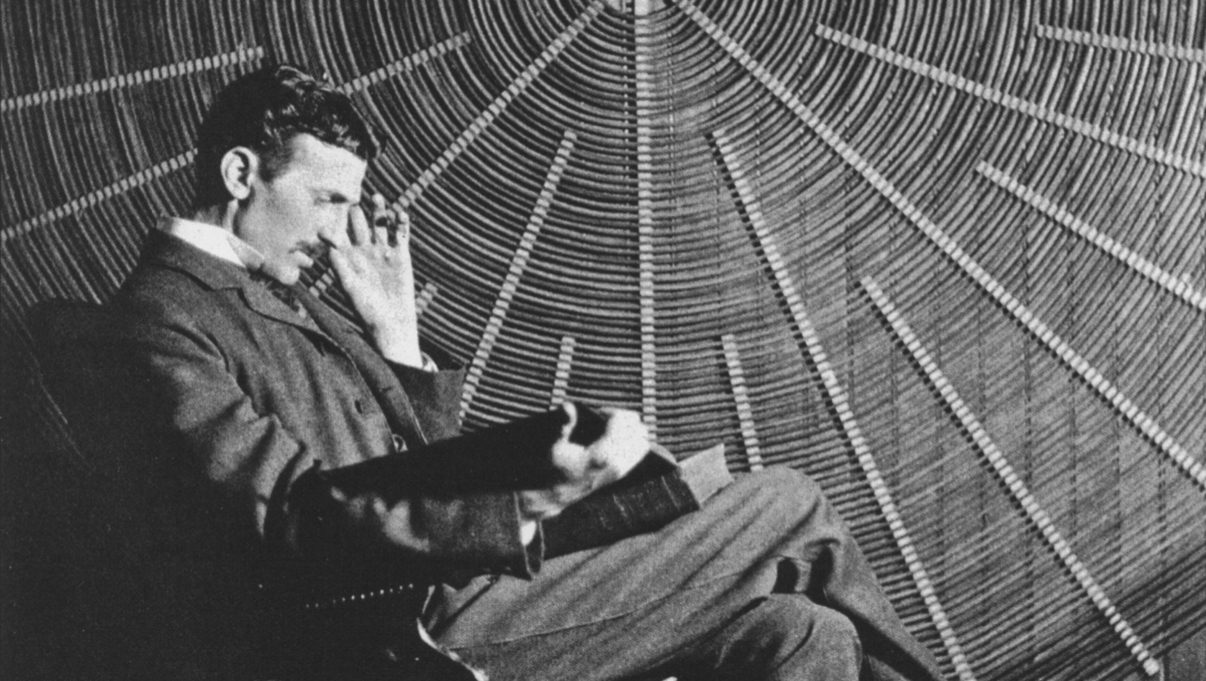Bird-friendly buildings on the rise

The Jacob Javits Center in New York City, 2003. (Photo by Mark Mainz/Getty Images)
- Nearly a billion birds are killed every year after flying into windows.
- The American Bird Conservancy published an extensive guide to incorporating bird-friendly design into buildings.
- Over twenty cities have programs to help reduce the number of avian deaths.
Last year, a minor ruckus broke out on social media about feral and indoor-outdoor cats decimating bird populations. According to research, cats do murder plenty of prey. As apex predators that is their biology, even at twelve pounds. The same is true with humans. We just like to pretend it isn’t.
Nearly a billion birds are killed every year by another insidious predator: windows. The panes we install to protect us from birds and every other form of nature, the same windows we stare out of while pecking diatribes against cats and everything else, are one of the largest culprits of avian death every year.
Humans flock to dense urban regions, which in bird chirps are known as “killing fields.” The five most perilous cities for migrating birds are Atlanta, Chicago, Dallas, Houston, and New York City. Manmade lighting emanating from the perches of skyscrapers confuse and disorient birds, a siren call into the seas of sky. Birds either fly straight into windows or circle neighborhoods, their inner GPS thrown off by spirals of light, until they fall from exhaustion.
One out of every eight bird species are now heading toward extinction. Fortunately, architects have taken notice. In fact, the Javits Center—New York City’s largest feathered morgue, it turns out—recently renovated it’s 760,000 square foot convention hall to become more bird-friendly. The redesign by FXCollaborative serves humans and our feathered friends: not only does it cut down on solar heat, the new glass has reduced bird collisions by 95 percent.
The American Bird Conservancy (ABC) published an online guide to helping designers, “Bird-Friendly Building Design.” According to this extensive report, colliding into glass is the single biggest bird killer in the nation—take that, cat haters. Besides aesthetics of sight and sound, birds play important ecological roles: they eat insects and control rodent populations, essential for preventing crop damage and disease transmission. Their role in pollination and seed dispersement is critical in creating diverse and healthy ecosystems.
The report then offers a deep deep dive into problems and solutions, covering three major areas. Below is a summation of the ideas proposed within.

Tourists lie on the glass skywalk on the 78th floor of the King Power Mahanakhon skyscraper, Bangkok’s highest observation deck, during a polluted day in the city on January 28, 2019. (Photo by Romeo Gacad / AFP / Getty Images)
Glass
Just as humans are shocked when other humans don’t understand their point of view, we often assume other animals see what we do, which they don’t. Many people have unknowingly walked into glass; much worse for birds. Likewise, angles. The world is not designed with ninety-degree angles; our world is. Birds travel much differently. To make our environment more aesthetically pleasing, we’ve set booby traps everywhere.
Glass is predominantly invisible to humans. We’re clued in to its existence thanks to archways and doors. Most building glass reflects the sky; from a bird’s perspective, they’re simply continuing their journey. Birds also see the UV spectrum, which humans do not, making reflections from glass particularly dangerous.
Beyond buildings, windowed courtyards and open-topped atria pose their own challenges for birds, which come for the vegetation and become stuck searching for an exit ramp.
From the report, the following are ways to build with glass that reduce bird deaths:
- 2×4 Rule. Birds rarely fly through horizontal spaces less than two inches high or vertical spaces less than four inches wide. Keeping this rule in mind creates many opportunities for bird-friendly designs.
- Recessed windows reduce visible glass.
- Decorative grilles offer residents and workers privacy while keeping birds away. Cheaper options include screens and netting.
- Balconies and balustrades offer residents outdoor space while creating safer flight paths.
- UV patterned glass and angled glass reduce collisions while offering architectural eye candy to human observers. Patterned glass serves as a warning signal to birds, while opaque, etched, stained, and frosted glass all keep our feathered friends at bay.
- While not ideal, light colored shades and blinds both deter birds from impact, while window films and decals can minimize flight risk.

Lighting
As mentioned, birds see the UV spectrum, creating unique problems that we’re completely ignorant of as a species. Add to this the problem of artificial lights damaging human eyes—blue light is one of the most pervasive in the smartphone age. While we’ve become accustomed to most artificial lighting, it tends to disorient other species.
For example, migrating birds are thrown off when flying lower than normal during inclement weather. Water vapor and fog refracts light, further confusing their trajectories. Like moths circling bug zappers, birds are drawn to illumination.
A few ways to manage this problem:
- Reducing exterior light and site lighting cuts down on evening mortalities.
- Lights Out programs are in effect across North America, including areas of San Francisco, Portland, Houston, Denver, and Toronto. Chicago was first on board in 1995; there are currently over twenty programs.
- Installing automatic lighting controls instead of relying on employee adherence reduces energy costs and saves avian lives.
- Cut-off shields allow for the usage of lower-powered bulbs and offer novel design aesthetics.
Legislation
Finally, ABC is helping create laws to save the lives of birds. A proposed law in Illinois calls for any building built or altered by the General Services Administration to include bird-friendly design elements, while states like Minnesota and cities like San Francisco have mandated such design choices be used in specific types of buildings. These won’t save every avian life, but we have to start somewhere.
—
Stay in touch with Derek on Twitter and Facebook.





